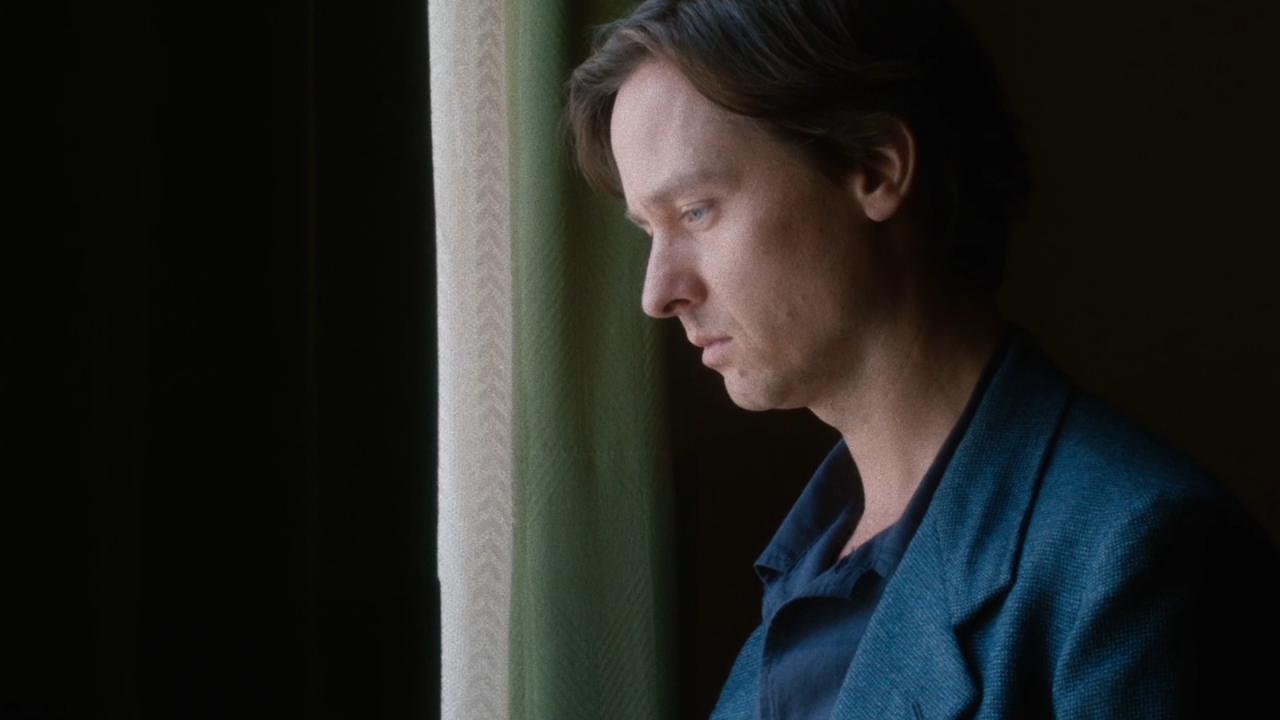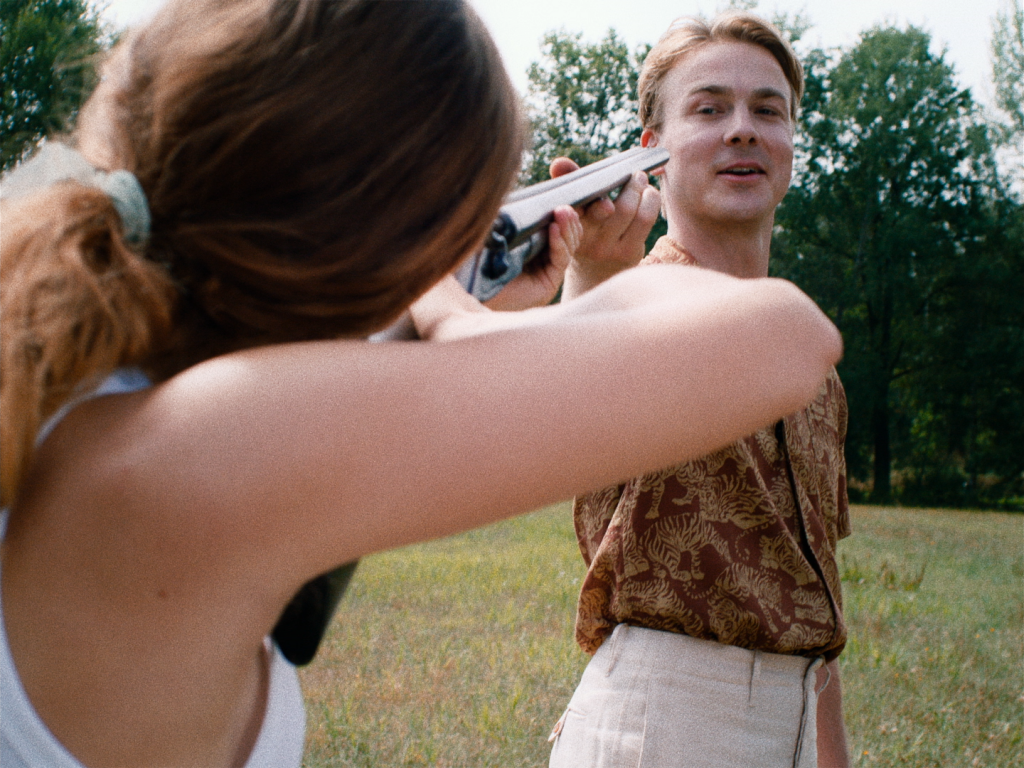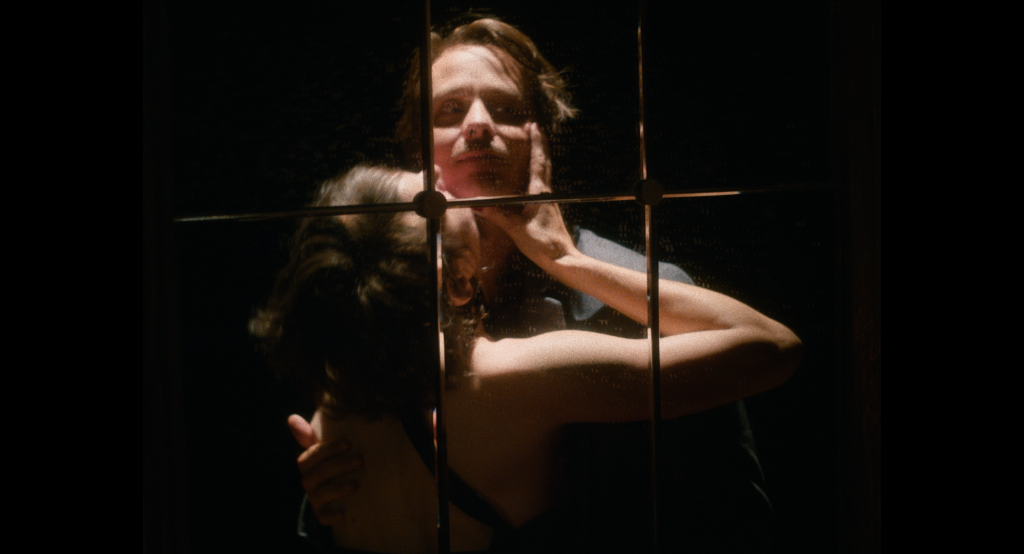
Kästner’s big-city novel Fabian or Going to the Dogs – Kästner’s original idea for the title – was published in 1931. The book follows Jakob Fabian, a skeptical, kind-hearted young writer trying to find himself in early 1930s Berlin. We accompany Fabian as he delves into the excesses of the city’s nightlife: A world of fine brothels, extravagant artist studios, and illegal bars where young and not-so-young men and women live it up like there is no tomorrow. We experience the social and political decline that loomed large just before the Weimar Republic came crashing down: clashes in the streets between communists and police, mounting unemployment, which the protagonist soon experiences firsthand, and the unstoppable rise of National Socialism. While navigating this turbulent world, Fabian falls in love and experiences hope for the first time – but also disappointment. He loses a good friend, and again and again, he is confronted with signs of impending disaster – for Germany and himself.
An astute and brazen satire, a socio-critical novel, and a great tragedy, Kästner’s book is an excellent testimony to its era. Just months after it was published, the novel had already sold more than thirty thousand copies. But it nearly fell victim to the times: Shortly after Hitler seized power in 1933, Kästner’s name joined the long list of authors whose work would be burned by the Nazis. Yet Fabian survived and remains one of the most popular German-language novels of the 20th century.
Now, ninety years after Erich Kästner’s classic novel was first published, Dominik Graf has brought Fabian back to life. All the vitality and boldness, but also the tragedy and urgency that underpin the novel converge in Graf’s film. We meet the distanced observer Jakob Fabian, brilliantly played by Tom Schilling. Until the very end of the story, he rails against the increasingly cruel pace of the time, against essentially learning to „swim“ in it. Though it proves to be his downfall, it remains the foundation of Fabian’s dignity to the last. There is his hopeless love affair with the actress Cornelia (Saskia Rosendahl), who is tortured by her own pragmatism, and his friendship with Labude (Albrecht Schuch), which falls apart thanks to his own idealism, but also the lies of a Nazi henchman.
Then there is Berlin itself. Graf elaborately depicts the fast pace of the city and the growing social division expressed in Kästner’s novel. At times he creates film collages: a mix of modern and historical images from the 1930s that showcase a bustling Berlin in black and white. At other times, the screen is divided into separate simultaneous scenes, reminiscent of the visual experimentation of expressionist cinema.

But above all, the originality and relevance of the film lies in Graf’s examination of the complexity of both the human dramas of the period and the era itself. Past, present, and future overlap. We see twisted faces from the First World War, the conflict that gave rise to Kästner’s world. Through Jakob’s eyes, we meet men in brown shirts and black leather boots with swastikas on their arms. These encounters are even more unsettling for a contemporary audience as unlike the characters in the novel and the film, we know all too well what followed. At the same time, there are clues of what is to come embedded in the story. Like the Stolpersteine – golden paving stones in modern-day Berlin commemorating victims of National Socialism – that we suddenly discover on a sidewalk in the film. And so, as Fabian roams the streets of the historic capital, we repeatedly recognize aspects of our own, present-day Berlin, for example on a street sign, in a subway station, or even in the gestures of a supporting character.
Dominik Graf’s FABIAN takes the narrative and emotional power of Kästner’s novel and brings it to life before our eyes. Just as the story it is based on, Graf’s film arrives at a time of social instability and political tension. While watching this brilliant and timely film, we are thus reminded how, in our modern world, we must also ask ourselves: What does learning to swim mean today?


